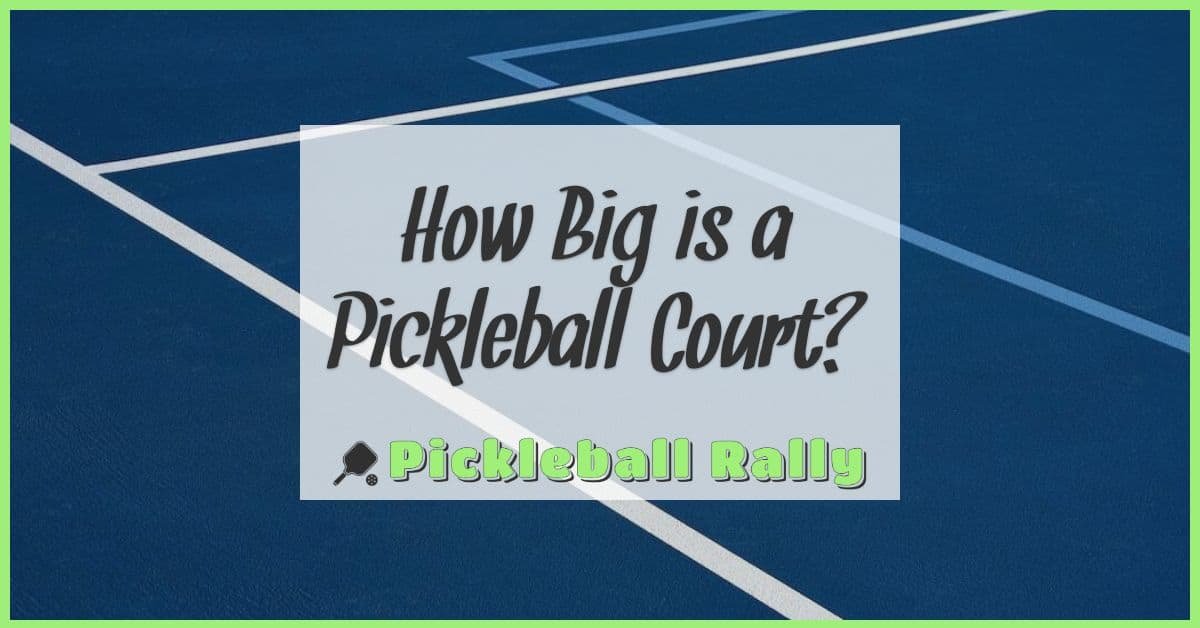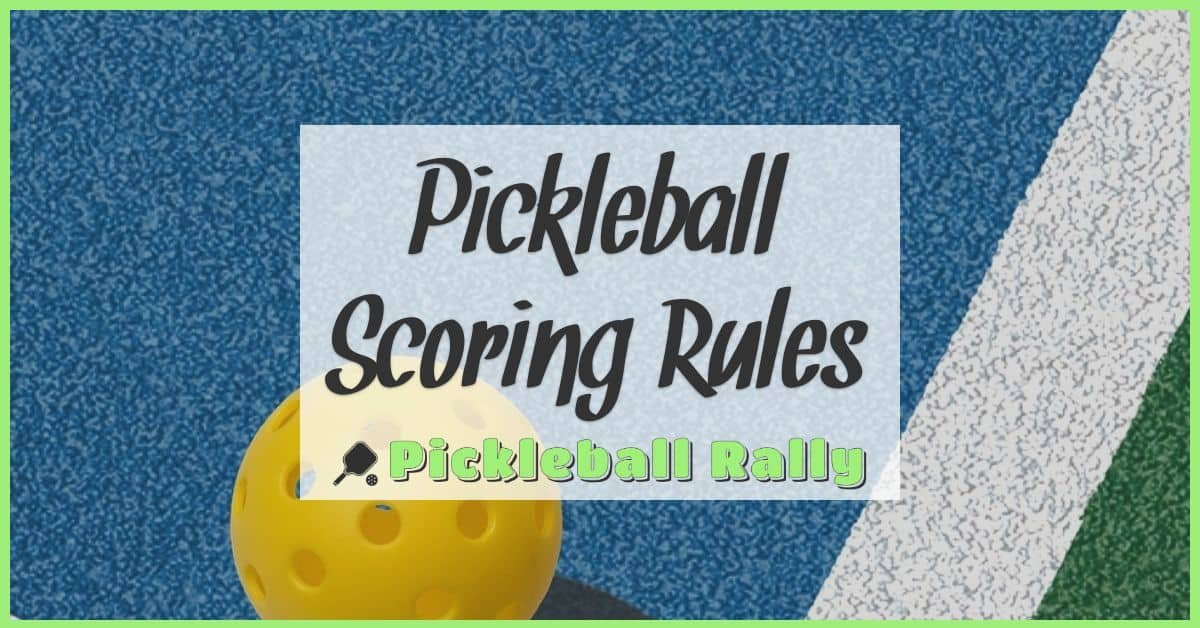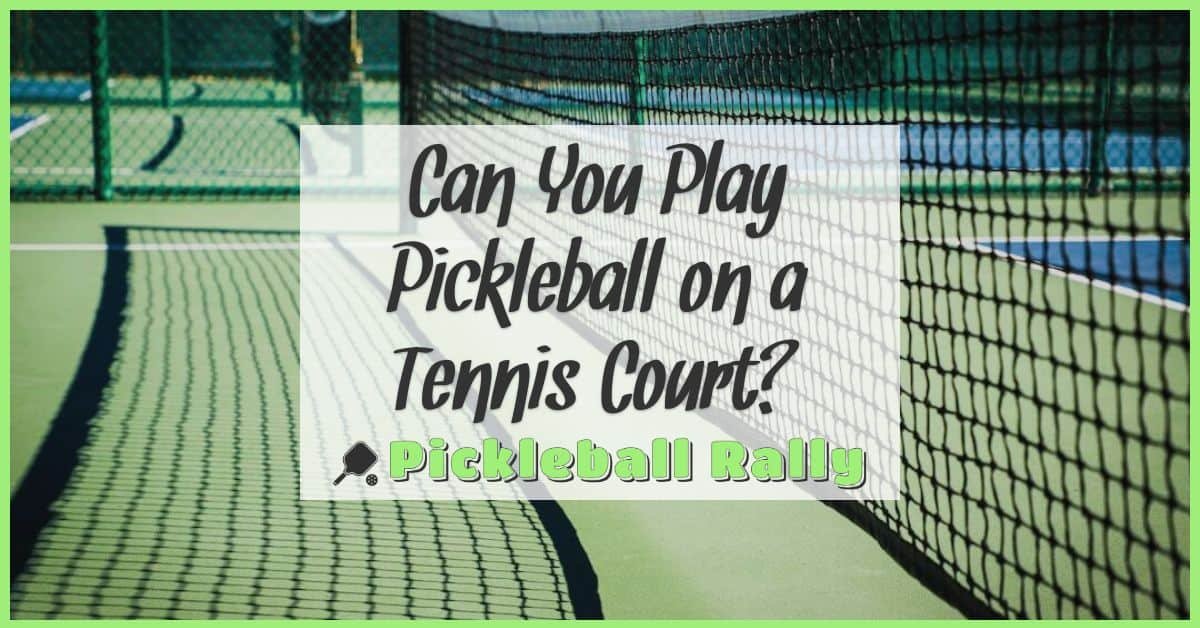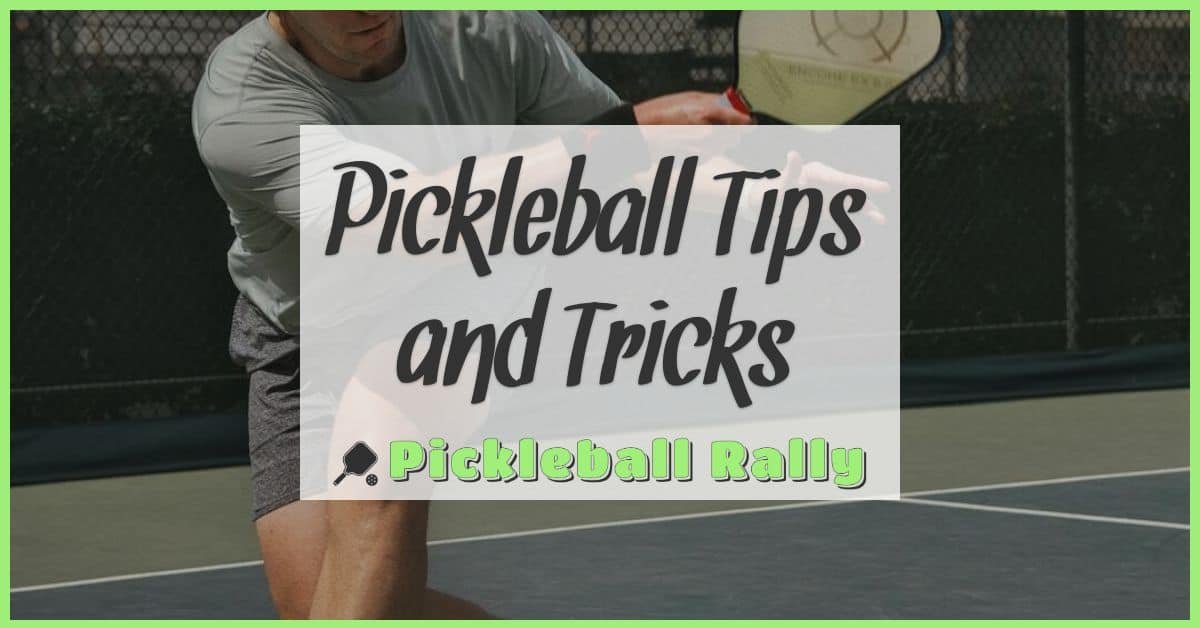Pickleball is quickly becoming a favorite pastime in cities across the country. Its fast-paced action and easy-to-learn rules make it perfect for busy urban lifestyles. Whether we’re looking to stay active or connect with neighbors, pickleball offers a fun way to do both.
In crowded urban spaces where green areas can be limited, pickleball courts fit right in. They bring people together, turning small pockets of the city into vibrant hubs of activity. As we explore the role pickleball plays in urban recreation, we’ll see how this sport is reshaping community spaces and encouraging healthier, more social living.
The Rise of Pickleball in Urban Areas
Pickleball has grown rapidly across cities, becoming a favorite for players who want fast, fun workouts in limited spaces. Its adaptability makes it ideal for urban settings, where open areas are scarce but demand for quality recreation is high.
Origins and Growth of Pickleball
Pickleball started in the mid-1960s, invented by three dads seeking a family-friendly sport. Over the past two decades, it evolved from a backyard game to a structured sport with leagues, tournaments, and dedicated courts. Cities invested in converting tennis courts and unused spaces into pickleball courts, fueling its spread. Between 2019 and 2023, USA Pickleball reported a player growth rate exceeding 20% annually, with urban centers leading this trend.
Why Pickleball Appeals to Urban Communities
Pickleball fits perfectly with urban lifestyles. Its small court size means it fits easily into parks, rooftops, and community centers. Quick games suit busy schedules, letting us squeeze exercise and fun into short breaks. The social nature of doubles matches breaks down barriers, creating welcoming communities that connect players of all skill levels. Plus, aging populations in cities appreciate pickleball’s low-impact but engaging play, encouraging active, healthy aging.
Benefits of Pickleball for Urban Recreation
Pickleball enhances urban recreation by delivering physical, social, and inclusive benefits. It suits busy city lifestyles while building vibrant communities.
Physical Health Advantages
Pickleball improves cardiovascular health through continuous movement in short, energetic rallies. It boosts agility and reflexes by requiring quick direction changes and hand-eye coordination. Low-impact play lessens joint stress, making it ideal for players across age groups and fitness levels. Regular sessions increase endurance and muscle tone without demanding extensive time or equipment.
Social and Community Impact
Pickleball fosters strong social ties by bringing diverse groups together on the court. Casual games and organized leagues create welcoming spaces where neighbors connect and share experiences. Community centers and parks benefit from increased foot traffic and event participation due to pickleball’s popularity. As players bond, the sport strengthens local networks and supports mental wellbeing.
Accessibility and Inclusivity
Pickleball adapts efficiently to limited urban spaces, often sharing facilities with tennis and basketball courts. Its simple rules and slower ball speed lower barriers for beginners, encouraging broad participation. Adaptive equipment and modified rules accommodate players with varying abilities, including older adults and individuals with disabilities. The sport’s welcoming culture promotes ongoing learning and skill development for everyone in the community.
Challenges and Considerations in Urban Pickleball Development
Building pickleball in urban areas brings unique challenges we need to address carefully. These challenges shape how the sport grows and how we enjoy it within city limits.
Space Constraints and Facility Availability
Maximizing limited space tops the list when developing courts in cities. We find that existing tennis or basketball courts often convert best for pickleball use, since they provide sturdy bases. However, fitting multiple pickleball courts into small parks demands precise planning to ensure safe play areas and proper spacing between courts. Scheduling court times helps manage player volume when facilities can’t expand. Indoor venues also offer solutions in colder climates or high-density neighborhoods, letting us play year-round despite urban limits.
Managing Noise and Neighbor Concerns
Pickleball’s distinctive ball and paddle sounds can cause complaints from neighbors near courts. We recommend using cushioned paddle covers and quieter balls to soften the noise without losing play quality. Strategic court placement away from residential windows reduces disturbance, as does adding sound barriers or foliage around courts. Community engagement proves vital—hosting open days and sharing game basics help neighbors appreciate pickleball’s benefits, easing tensions and building support for growing the sport in urban areas.
Successful Examples of Urban Pickleball Programs
Urban pickleball programs demonstrate how the sport energizes communities and creates thriving play environments. We’ve seen programs excel through smart court use and strong local involvement.
Case Study: Pickleball in Major Cities
Cities like Portland, Austin, and Minneapolis lead in developing pickleball infrastructure. Portland converted 15 underused tennis courts into 30 pickleball courts, boosting player access. Austin runs a citywide league attracting over 1,000 players yearly, with free clinics held in neighborhood parks. Minneapolis integrates pickleball courts into multi-use recreation centers, encouraging cross-training for different sports. These cities show that reallocating sports facilities and offering organized play ramps up participation quickly.
Community Engagement and Partnerships
Building connections with community groups, schools, and local businesses sparks sustained interest. We found partnerships with schools create youth programs that feed into adult leagues. Working with businesses to sponsor events helps fund court improvements and tournaments. Community centers hosting free workshops attract beginners, while volunteer-led social leagues keep players returning. These collaborations create support networks that nurture pickleball culture and ensure facilities get the attention they deserve.
Future Outlook for Pickleball in Urban Recreation
We see pickleball’s role in urban recreation growing rapidly as cities recognize its benefits and embrace its potential. City planners continue transforming underused spaces into multi-court pickleball hubs, boosting access for players of all skill levels. Growing demand encourages innovations like modular courts and noise-reducing equipment, helping ease challenges related to space constraints and community concerns.
We expect more urban centers to invest in integrating pickleball into existing recreational programs, offering leagues, clinics, and social events that strengthen neighborhood bonds. Partnerships with schools and community organizations expand youth participation and develop future players. Digital tools and apps also enhance the player experience by simplifying court booking, match organization, and skill tracking.
Overall, pickleball promises to become a cornerstone of urban recreation, combining fitness, fun, and social engagement in ways that match the fast pace and diverse needs of city life.
Conclusion
Pickleball is more than just a sport—it’s becoming a vital part of how we connect and stay active in our cities. As urban spaces evolve, this game offers a fresh way to bring people together, making the most of limited areas while encouraging healthy lifestyles.
We’re excited to see how pickleball continues shaping urban recreation, creating vibrant communities where everyone can join in the fun. It’s clear that this fast-growing sport has a bright future in city life, blending fitness, friendship, and accessibility like never before.









